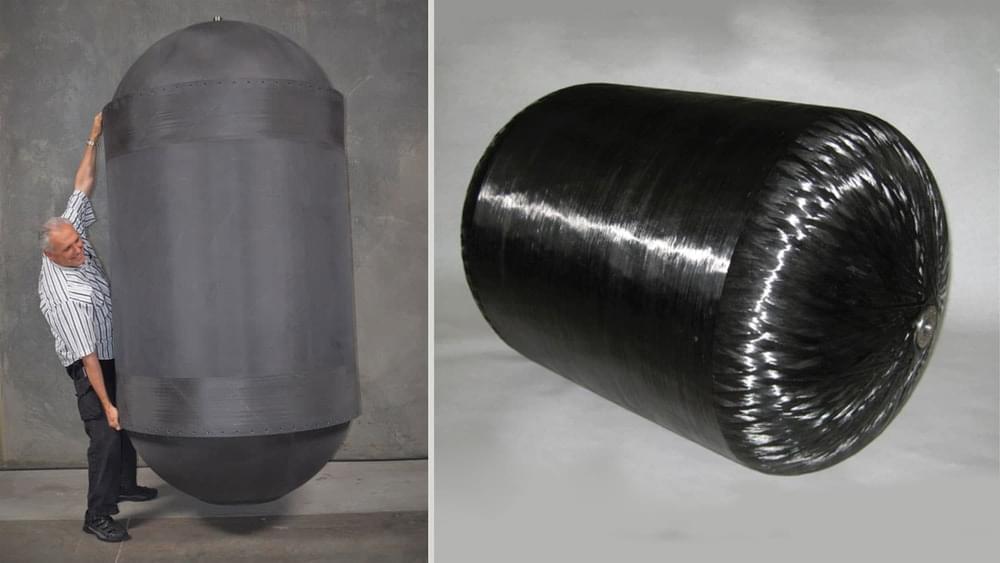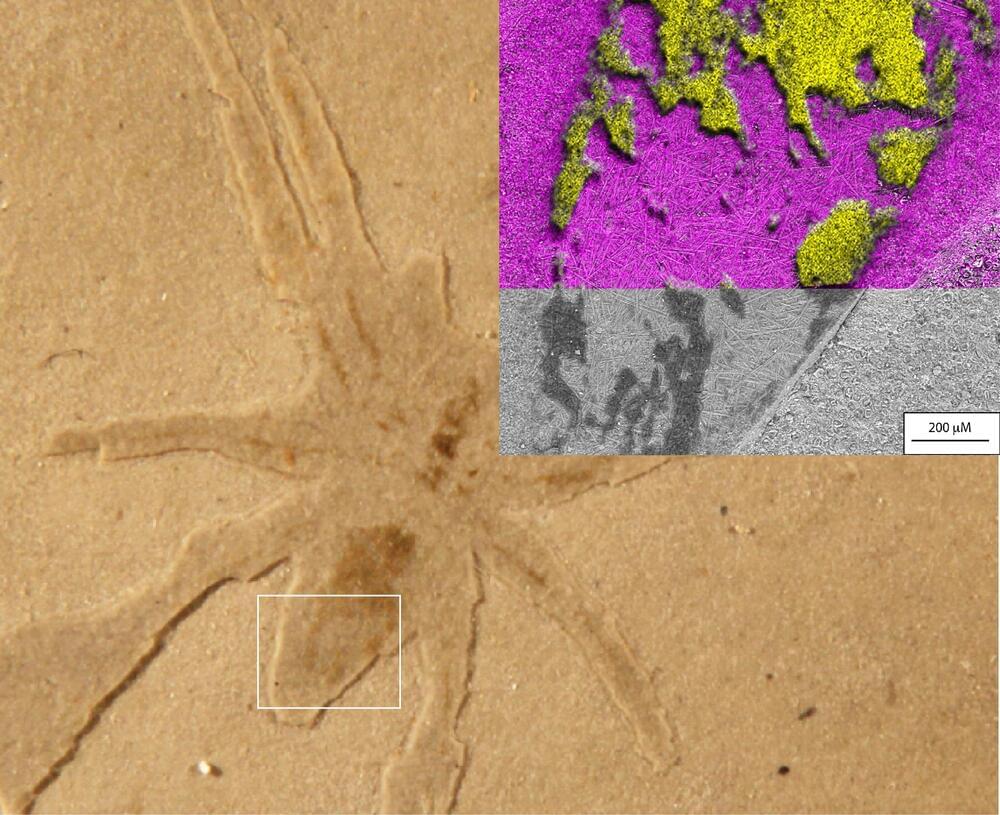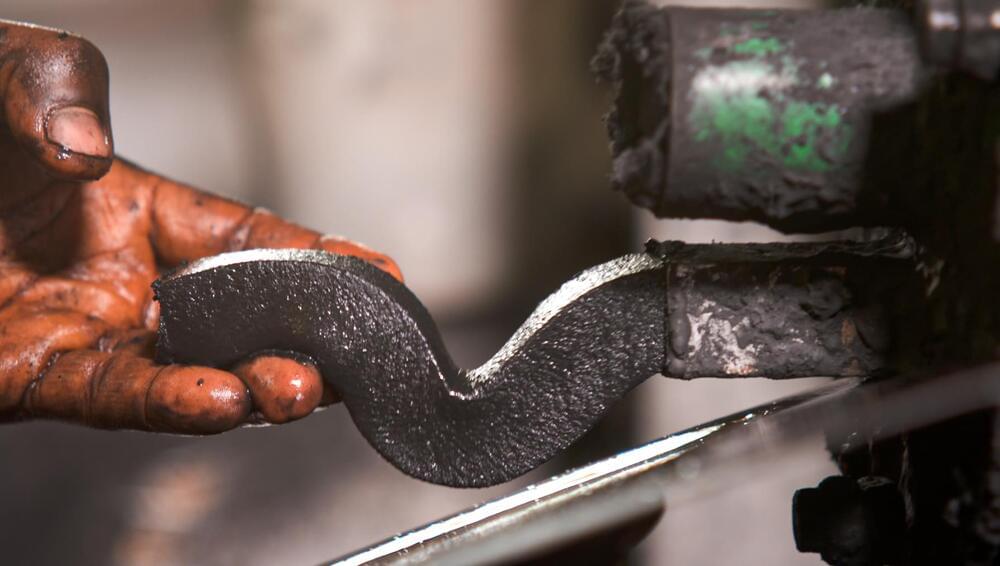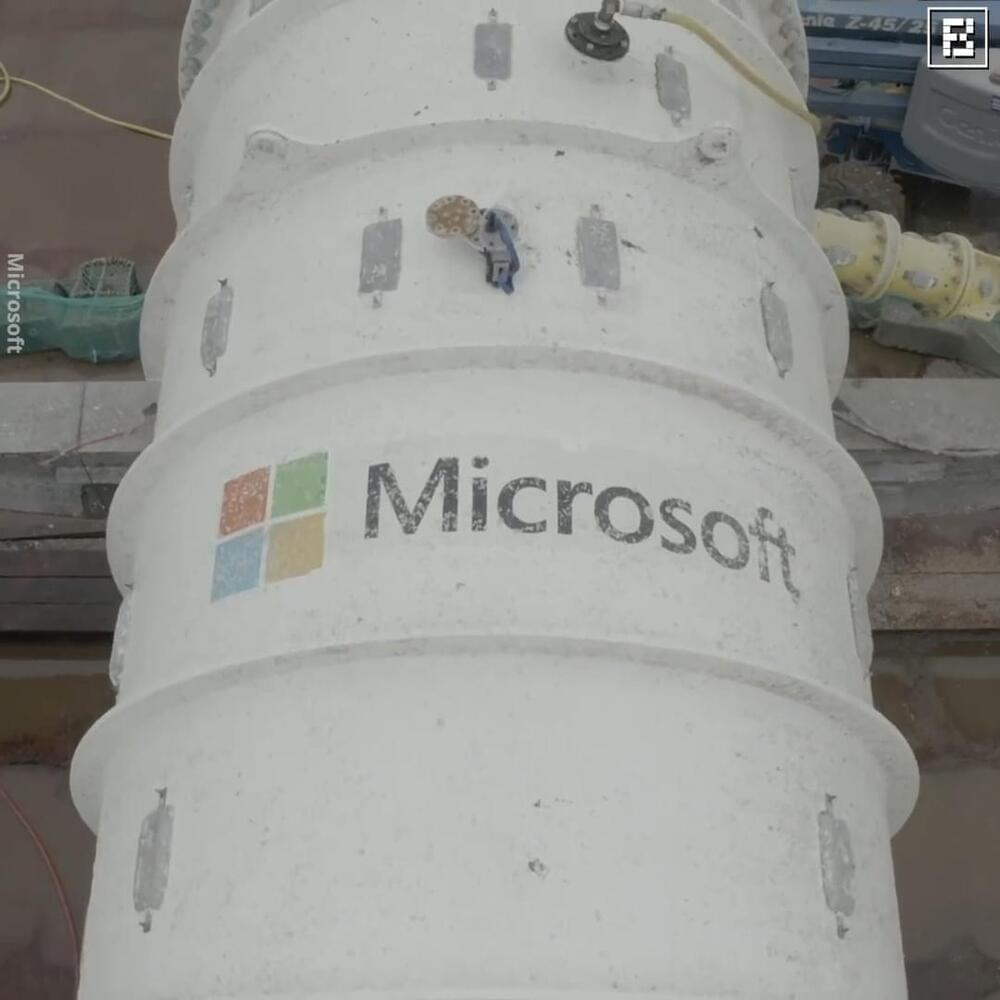As the pandemic rages on, technology companies have two choices: adapt or fail.


Kitekraft discusses airborne wind turbines as well as the sustainability of kite-powered systems that are lightweight and have a lower carbon impact.

BHL Cryotanks have demonstrated a 75% mass reduction compared to existing state-of-the-art aerospace cryotanks (metal or composite), enabling hydrogen aircraft and eVTOL makers to store as much as 10 times more liquid hydrogen fuel without adding mass. As a result, aircraft can travel longer distances without refueling.
GTL has fabricated and tested multiple BHL Cryotanks at a range of scales and has been demonstrated to be leak-tight even after repeated cryo-thermal pressure cycles. This technology has achieved TRL 5+ and is compatible with a variety of cryogenic propellants, including liquid oxygen, liquid methane, and liquid hydrogen.
The BHL Cryotank pictured here measures 2.4 meters long with a 1.2-meter diameter and weighs 12 kilograms (roughly 26 pounds). With the addition of a skirt and vacuum dewar shell, the total system weight is 67 kilograms. This particular tank system can hold over 150 kilograms of liquid hydrogen, giving it a hydrogen storage ratio of at least 50% (the weight of stored hydrogen fuel relative to total system weight), which is as much as 10 times greater than current state-of-the-art fuel tanks. HyPoint estimated that an aircraft equipped with GTL dewar tank technology could achieve as much as four times the range of a conventional aircraft using aviation fuel, cutting aircraft operating costs by an estimated 50% on a dollar-per-passenger-mile basis.


Glowing spider fossils prompt breakthrough study of how they were preserved at Aix-en-Provence.
A geologic formation near Aix-en-Provence, France, is renowned as one of the world’s most important treasure troves of Cenozoic Era fossil species. Scientists have been uncovering exceptionally well-preserved fossilized plants and animals there since the late 1700s.
“Most life doesn’t become a fossil.” —

American firm Olson Kundig has lined the upper floor of this residence next to Sydney’s Bilgola Beach with louvred shutters that fold upwards to expose the living spaces to fresh air and sea views.
The Bilgola Beach House is the first project completed in Australia by Seattle-based Olson Kundig and was designed for a couple who wanted to be able to host large family gatherings.
Situated around 35 kilometres north of Sydney’s central business district, the 873-square-metre house nestles into sand dunes overlooking the beach and the ocean.



